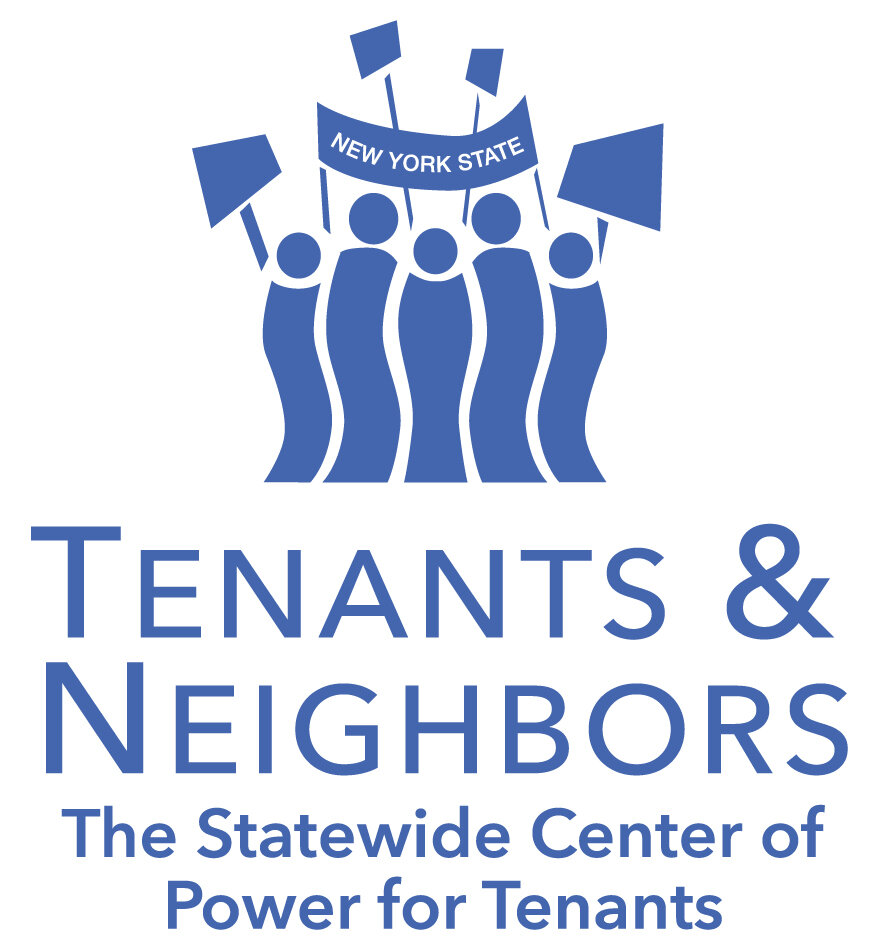Individual Apartment Increases
Compiled by Ellen Davidson; Board Member and Staff Attorney at Legal Aid Society
Introduction
These increases can take place during a vacancy or when a tenant is in possession. However, if there is a tenant in possession, the tenant must agree in writing to the increase in rent. The vast majority of these increases occur during a vacancy.
First Period: 1980’s to 2011
Old rule: IAI were called 1/40th. Landlords could take 1/40th of the cost of the improvement and add it to the rent of the new tenant.
Example: If the landlord did $40,000 of work, the landlord could increase the rent by $1000.
Second Period: 2011-2019
The law was amended to change the amortization rate for large apartment buildings. This means that buildings in the smaller building category could get higher increases than those in the larger building category.
The rule was buildings with more than 35 units, landlords could take 1/60th of the IAI cost
Buildings with 35 and fewer units, landlords could take 1/40th of the IAI increase
Examples:
Landlord in a 20 unit building did $40,000 of work, the landlord could increase the rent by $1000.
Landlord is a 100 unit building did $40,000 of work, the landlord could increase the rent by $667.
Third Period: Housing Stability and Tenant Protection Act (June 14, 2019 – April 20, 2024)
New system. Amounts of IAIs were capped and to be considered within a 15 year period which began at the first IAI. Amoritization was significantly changed. IAI’s were supposed added to the rent and then taken off after 30 years.
The rule was $15,000 that could be broken into 3 separate IAIs done in a 15 year period.
For buildings with more than 35 units, landlords could take 1/180th of the cost of IAI. This meant increases of no more than $83.
For buildings with 35 units or fewer, landlords could take 1/168th of the cost of IAIs. This meant increases of no more than $89
New requirements for landlords.
Landlords must submit:
before and after pictures,
Itemized list of work performed including a description and/or explanation of the work
Must resolve all outstanding b and c violations
Can’t replace the same thing more than once during useful life.
HCR must create a database to hold this information.
Fourth Period: New IAI rule (April 20, 2024)
The fifteen year period was kept but the law was retroactive to June 14, 2019. So, a landlord who did an IAI between 2019 and 2024, could do additional work but the total during that 15 year period would be the new IAI cap.
There are now two tiers of IAIs. Most apartments will fall under Tier 1.
Tier 1:
Landlords can do up to 30,000 in a 15 year period. These increases are permanent. Landlords can do as many IAIs as they want. If a tenant leaves every year, the landlord can spend $2000 fifteen times. Or 30,000 once. Or somewhere inbetween.
Example:
For buildings with more than 35 units, landlords could take 1/180th of the cost of IAI. This means increases of no more than $166.
For buildings with 35 units or fewer, landlords could take 1/168th of the cost of IAIs. This means increases of no more than $178.
Tier 2
50,000 cap
Two categories of apartments fall into Tier 2
Continuous tenancy of at least 25 years or
Apartment was registered as vacant in 2022, 2023 and 2024. Those registrations must have been made during the respective calendar year.
HCR must pre approve the two categories but only as to the listed criteria (tenancy of at least 25 year or apartments registered as vacant for the specified years).
There is also a change to the amortization rate for this tier.
Example:
For buildings with more than 35 units, landlords could take 1/156th of the cost of IAI. This meant increases of no more than $321.
For buildings with 35 units or fewer, landlords could take 1/144th of the cost of IAIs. This meant increases of no more than $347.
New requirement that landlord submit evidence prior to doing the work that the improvement was necessitated by a sub-standard condition or the subject of the improvement had exceeded its useful life.
Evidence includes photographs and permits
New requirement that landlord submit evidence after doing the work including photographs, itemized receipts, proof of payment and a fee of 1% of the amount claimed for the IAIs
